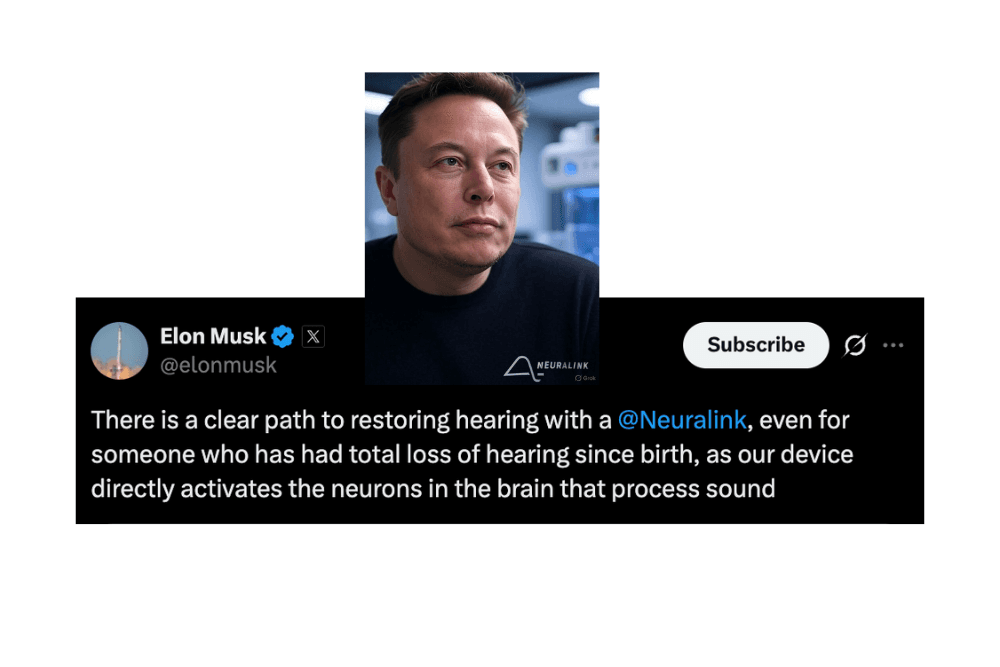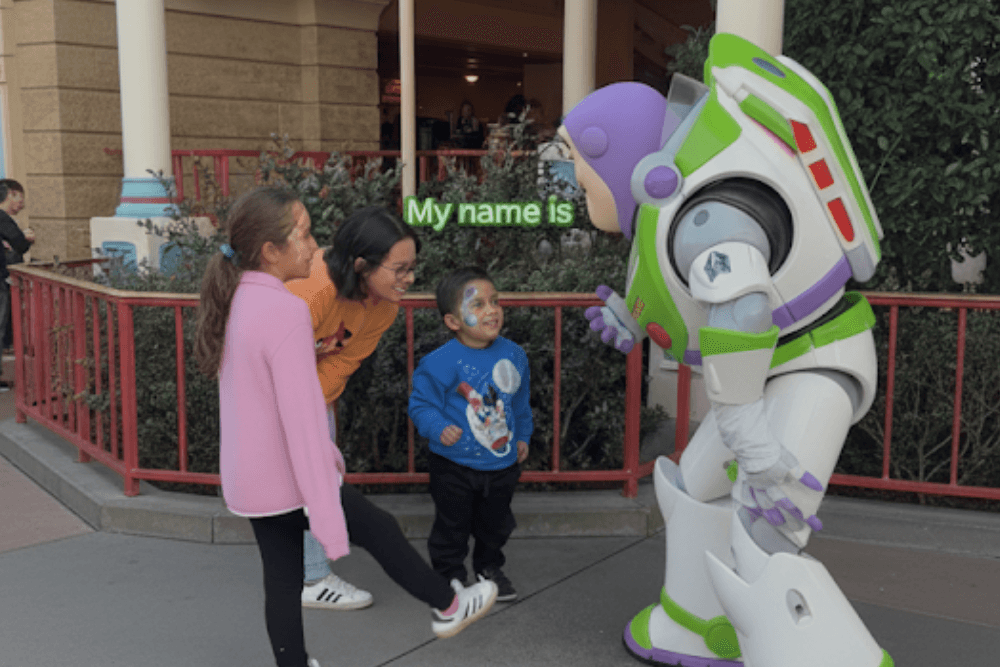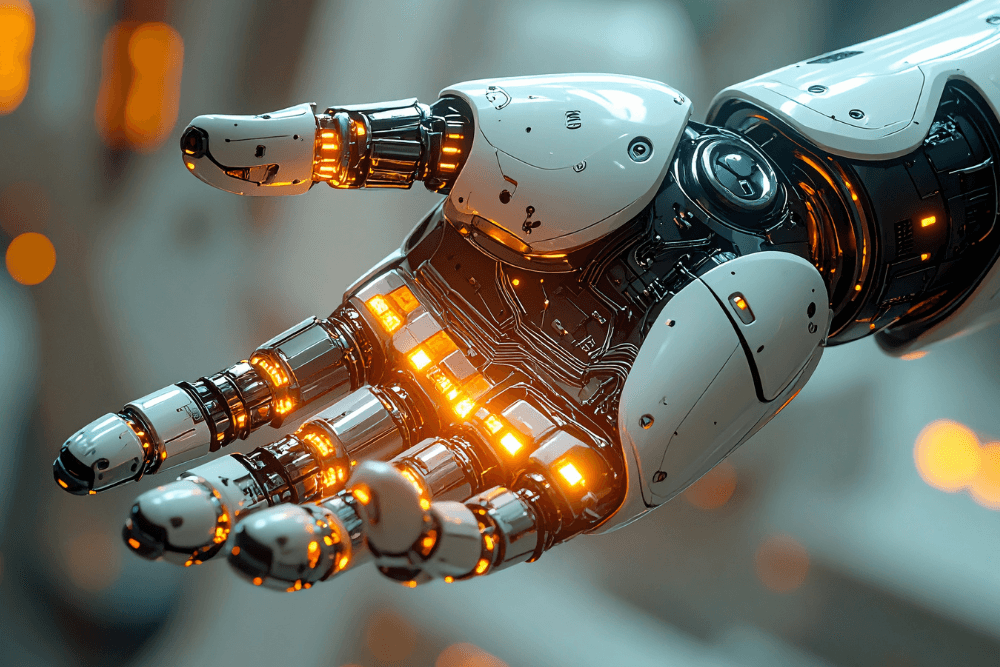This past week, a single post on social media from Elon Musk captured the complex intersection of technology, identity, and communication. He wrote:
“There is a clear path to restoring hearing with a @Neuralink, even for someone who has had total loss of hearing since birth, as our device directly activates the neurons in the brain that process sound“
On the surface, this sounds like a promise of pure progress. It presents a clear, clinical solution to a perceived problem. Yet, for many in the Deaf community, this statement sparked a vital and deeply necessary conversation. As a company that has worked for years at the intersection of the Deaf and hearing worlds, we believe this debate touches the very core of our mission at Partners Interpreting.
The drive to “restore hearing” reveals a fundamental misunderstanding. This view presumes that Deafness is an equipment failure. It treats it like a bug in the system to be patched. This perspective entirely misses the reality that Deafness is also a vibrant culture and human identity, underpinned by a rich, complete language.
American Sign Language (ASL) is not English on the hands. It is a visual language with its own grammar, syntax, and cultural idioms. True communication in any language is never just a simple data transfer of words. It is a delicate dance of facial expression, body language, tone, and shared cultural context. It is the reassuring look from a doctor, the shared joke in a classroom, the empathetic nod in a sensitive meeting.
This is where the human element is, and will always be, irreplaceable.
A machine might one day translate words with perfect accuracy, but it cannot translate meaning with humanity. It cannot sense confusion and ask for clarification. It cannot convey the subtle warmth in a speaker’s voice or the hesitation in their eyes. It cannot serve as a cultural bridge, ensuring that not just the words, but the intent and feeling are understood.
The role of a professional ASL interpreter is not to be an invisible conduit for words. It is to be a visible facilitator of understanding. In a medical appointment, a legal proceeding, or a critical business negotiation, the stakes are too high for anything less than complete, nuanced communication.
At Partners Interpreting, we believe technology is a powerful partner in creating access. But we also hold a core conviction that genuine communication is, and always will be, profoundly human. Our commitment is not just to providing a service, but to fostering understanding, one human connection at a time. The future may bring incredible innovations, but it will never outmode the need for empathy, culture, and humanity.






